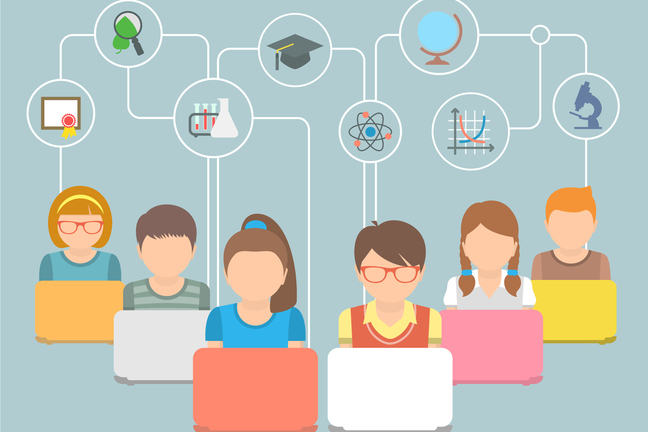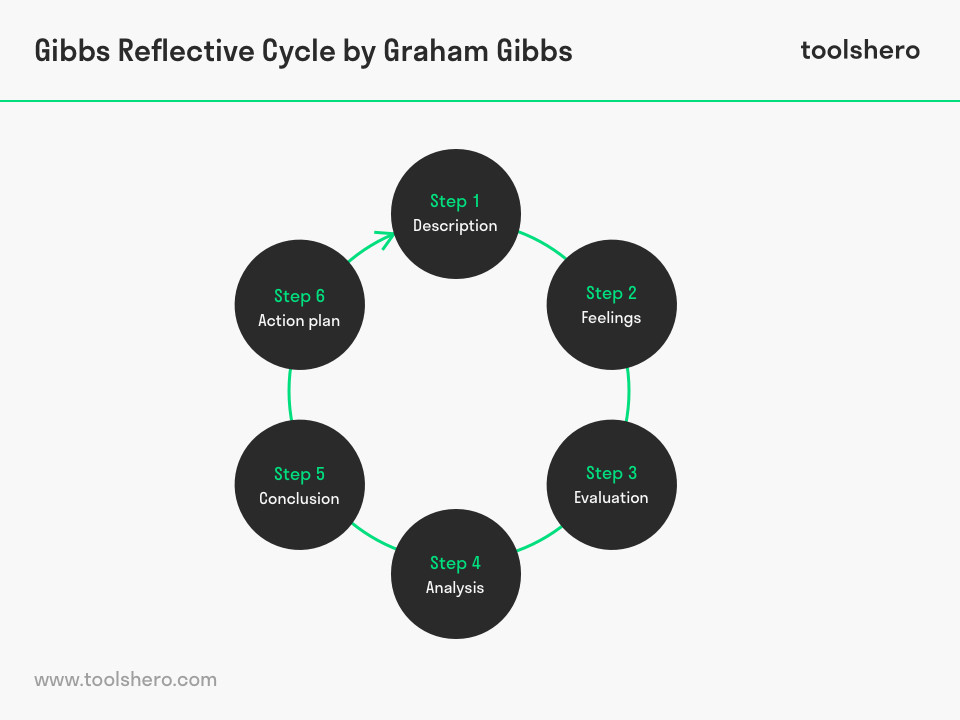Connectivism, EAP and ESOL Teaching/Learning
My best way of analysing and critiquing connectivism, whether as a pedagogical principal or as a learning theory is through the lens of my own learning and teaching. First, my teaching. I am an EAP and an ESOL teacher. For most of my learners, the content they learn (I am thinking of EAP primarily when I speak of ‘content’) work alongside the challenges they face as non-native speakers of English and grasping the academic culture viewpoint from which I work. Facing those challenges are very relevant and necessary for them because they either wish to study in English or studying in a western academic context or both and the western academic ‘ethos’ is dominant in the world they live in. And of course, the other ‘world’ they live in is the one that Siemens (2005) and Downes (2005) in which Web 2.0 has given them new access to different forms of communication and ways of forming knowledge. The sociotechnical context for learning and education has changed and is now developing at such a rate due to the internet and other emerging technologies, that a new concept of learning and new approaches to teaching and learning are required. For the EAP practitioner, this realisation came first in the form of distance learning via email communication with learners. Then the establishment of websites whereby learners could access materials related to a specific course, and now followed by tools for synchronous and asynchronous video communication, VLE, LMS and by open online courses (MOOCs). I had equated MOOCs much more with constructivist theory (where the learner actively ‘constructs’ meaning from their interactions with others within an environment in which knowledge and learning is exchanged) after first learning about connectivism as a concept, which I felt lacked rigour. But I see now more clearly its influence in MOOCs I have studied on and I can see its potential by applying each aspect of the theory (from background to foreground) to my own areas of practice.
The three background concepts that have most influence the development of connectivism are:
chaos - knowledge is no longer acquired in a linear manner
complexity and self-organization - chaos complicates pattern recognition and makes it necessary for the learner to self-organise
the existence of networks - that the learning can form and tap into
With knowledge located in dissipated sources and organised chaotically, the learner’s role is to find and recognize hidden patterns, and to make sense of the seeming chaos.
Likewise, English and the ensuing academic culture that is partly language bound can appear incomprehensible to speakers of other languages and those from a different academic background and tradition. Different sources, including faculty members will say conflicting things or what they say may be interpreted differently and because language and conventions evolve, which is impossible to predict a connectivism approach can help to understand the Foreign language and western ‘system’ of education. Perceiving language as a network of networks (e.g. how morphology relates to the syntactic, lexical, and phonological networks etc). In EAP, there is a need to connect the concept of plagiarism, with citing and referencing and with the concept of academic honesty in research and knowledge sharing. They need to navigate the array of internet sources of research findings and the importance of networks is nowadays highly emphasised when it comes to conducting their own research. For language learners, networks are a means of practicing skills such as writing and speaking through the ties they form online. There are many networks that provide answers to queries about language use and meaning.
For language learners, Veselá (2013, p7) writes how language content can be divided according to the Siemens’ principles:
- data (e.g. irregular forms of past tense)
- information (meaning and use of these forms)
- knowledge (ability to use these forms in context)
- meaning (past tense in the context of the English tense system and the possibilities of how to express it)
Whether a foreign language or a foreign academic culture, learners need to decode, understand, and connect new nodes of learning with former ones.
Veselá (2013, p8) does a useful take of the definition of connectivism from an ESOL viewpoint (I've added a column for EAP):
|
Connectivist Principles |
ESOL |
EAP |
|
Connectivism is based on the diversity of viewpoints |
In language, the diversity can be seen in meanings of a word, a phrase, or a sentence in various contexts, as well as its variants (regional, social...). |
In academia, criticality is paramount – being able to dissect various viewpoints in arriving at an educated thesis |
|
Learning is a process of creating connections among the nodes or information resources
|
The connecting of nodes and language networks is described above. In foreign language education it is important to use a variety of information resources |
In primary research originality is vital, for that you need to know all that is out there and be up on what’s going on. You need connections for that. |
|
Education may reside in non-human appliances
|
E-learning uses the systems for education that work without human interference. It is necessary to exploit their potential (e.g. multichannel input – sound, picture, motion, feedback etc.). |
Non-human appliances enable the researcher to collate, organise and cross-reference all existing data in ways undreamt of just decades ago. |
|
Capacity of potential knowledge is more important than the amount of the actual knowledge |
Learning a foreign language is a field in which we can never say that we have learnt it. |
Researchers are forever meant to be pushing the boundaries of knowledge through their own practice as researchers, whilst continually challenging what’s seen as existing knowledge |
|
Maintenance of connections is important for continuous learning |
Our ability requires continual practice. One must add new nodes and connections, also maintain and update old ones. |
As soon as a researcher is out of contact with current streams of research in their field, they become isolated and their own work loses currency |
|
The ability to see connections is the basic skill
|
Mastery of a foreign language is about fluency in the connections in the language networks. |
Very often researchers’ conclusions and claims fall short of the benchmarks of accuracy, reliability and validity, replicability etc |
|
Currency and accuracy are the aim of connectivist activities |
It is necessary to use the sources of the language in current use. |
Seminal work apart, research is advancing so quickly, currency must be proven against the benchmark of the most up to date and authoritative sources |
|
Decision making process is a part of learning |
The possibility to choose is an important factor of the foreign language education. The motivation increases when the learner decides not only about the language, he/she will learn, but also about the field in the case of learning a foreign language for specific purposes |
An example is that often my students’ first choice is Wikipedia, despite all the encouragement we give them to choose other sources (through studies show Wikipedia is a reliable source it is not authoritative). |
So despite my early skepticism, having studied on MOOCs for a few years now, I can see how the principals of connectivism are both reflected in MOOCs I’ve studied on and can provide the basis of effective learning. When thinking about our use of technology in education we can use its principles to guide and evaluate the tasks and activities we use.
References
George Siemens – Connectivism: A Learning Theory for the Digital Age, Journal of Instructional Technology: https://www.itdl.org/journal/jan_05/article01.ht
Downes, S. (2005). An introduction to connective knowledge [Web log post]. Retrieved from http://www.downes.ca/cgi-bin/page.cgi?post=33034.
Downes, S. (2005, December 22). An introduction to connective knowledge [Web log post]. Retrieved from http://www.downes.ca/cgi-bin/page.cgi?post=33034.
Connectivism has been disseminated through a book (George Siemens, 2006b), a series of articles (Downes, 2005, 2006a, 2006b, 2007a, 2008; Siemens, 2004, 2005, 2006a), blog posts at http://halfanhour.blogspot.com/ and http://www.connectivism.ca/, a large number of presentations at conferences and workshops (see http://www.elearnspace.org/presentations.htm and http://www.downes.ca/me/presentations.htm), and through two instances of multiple open online courses (MOOCs) titled Connectivism and Connective Knowledge, held in 2008 (CCK08 http://www.elearnspace.org/blog/2008/10/30/connectivism-course-cck08/) and 2009 (CCK09 http://ltc.umanitoba.ca/connectivism/?p=198).




